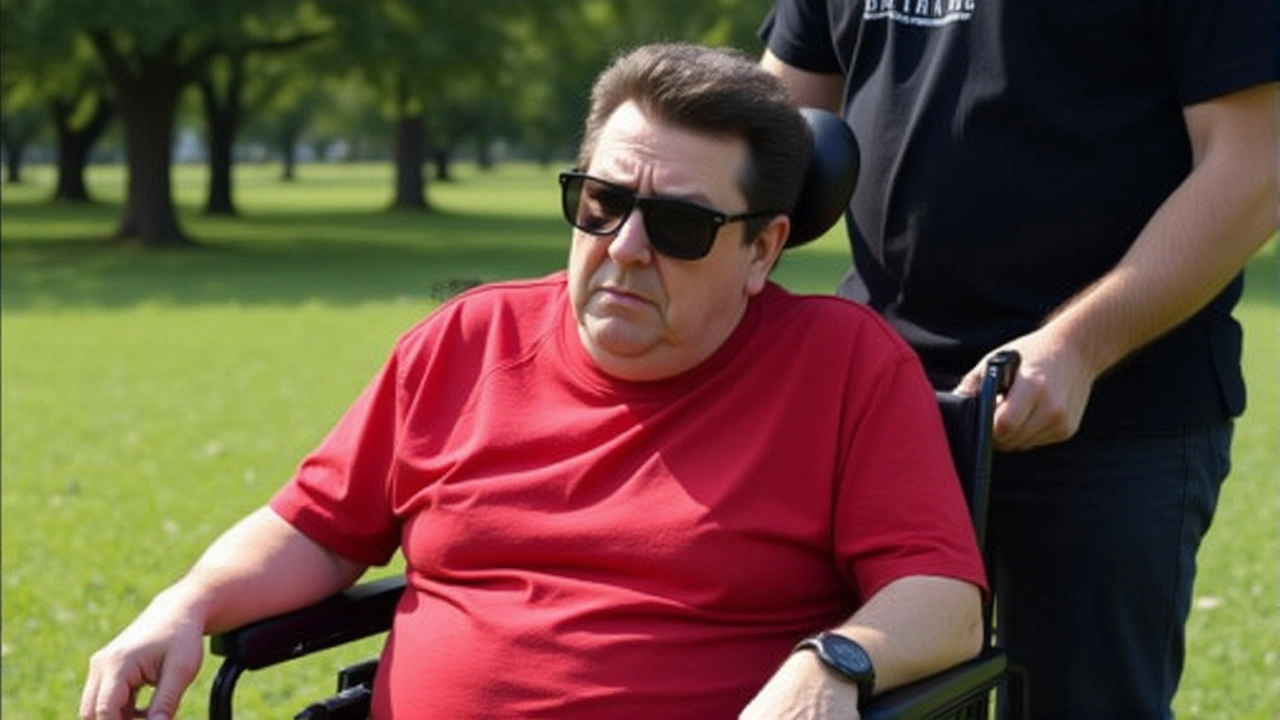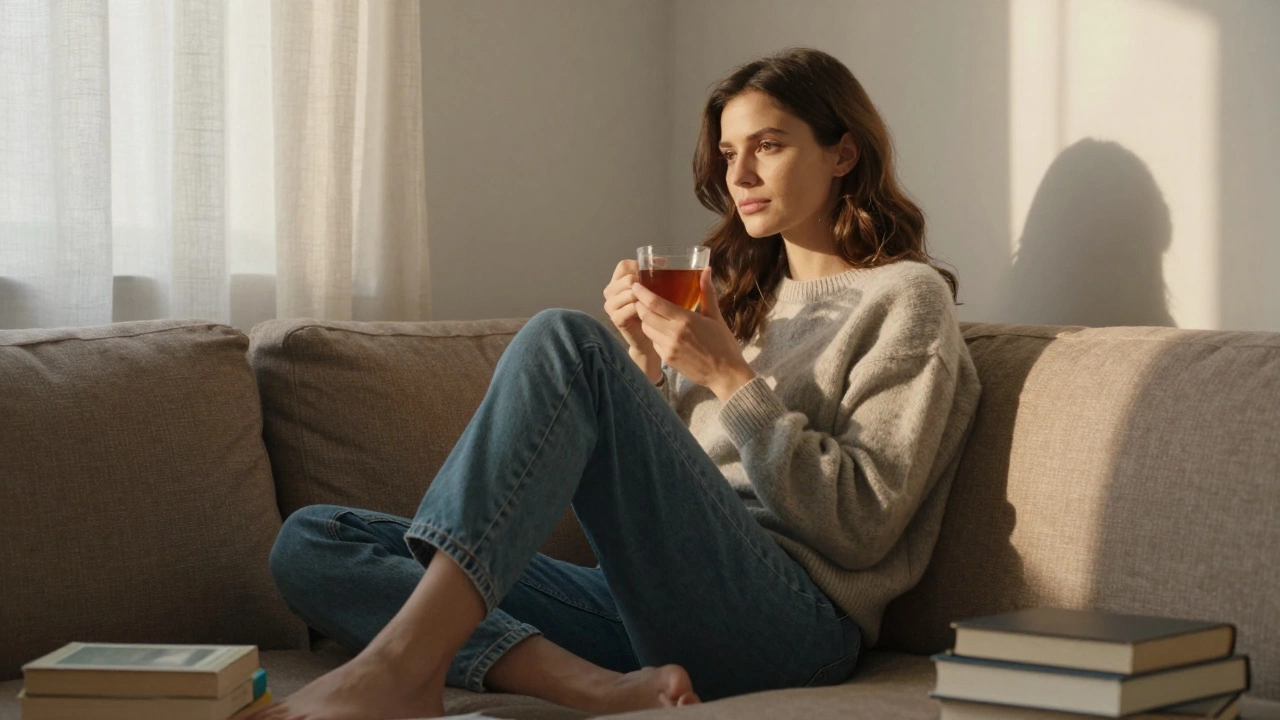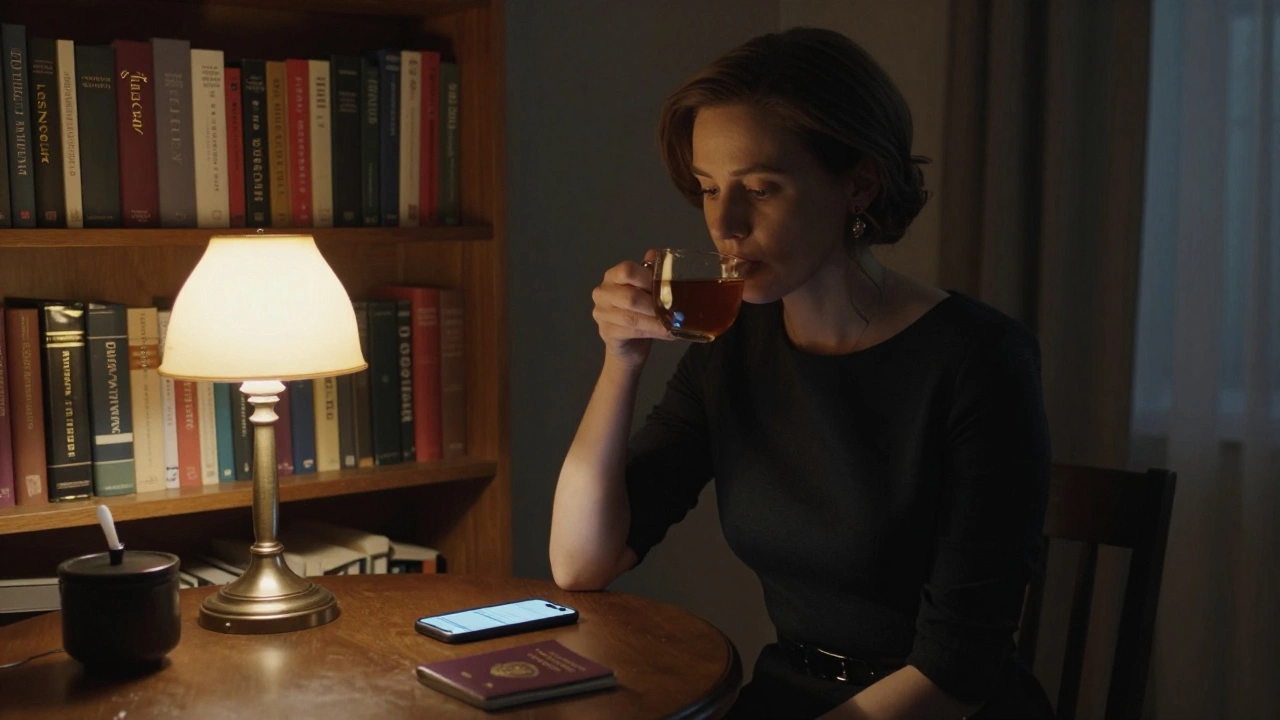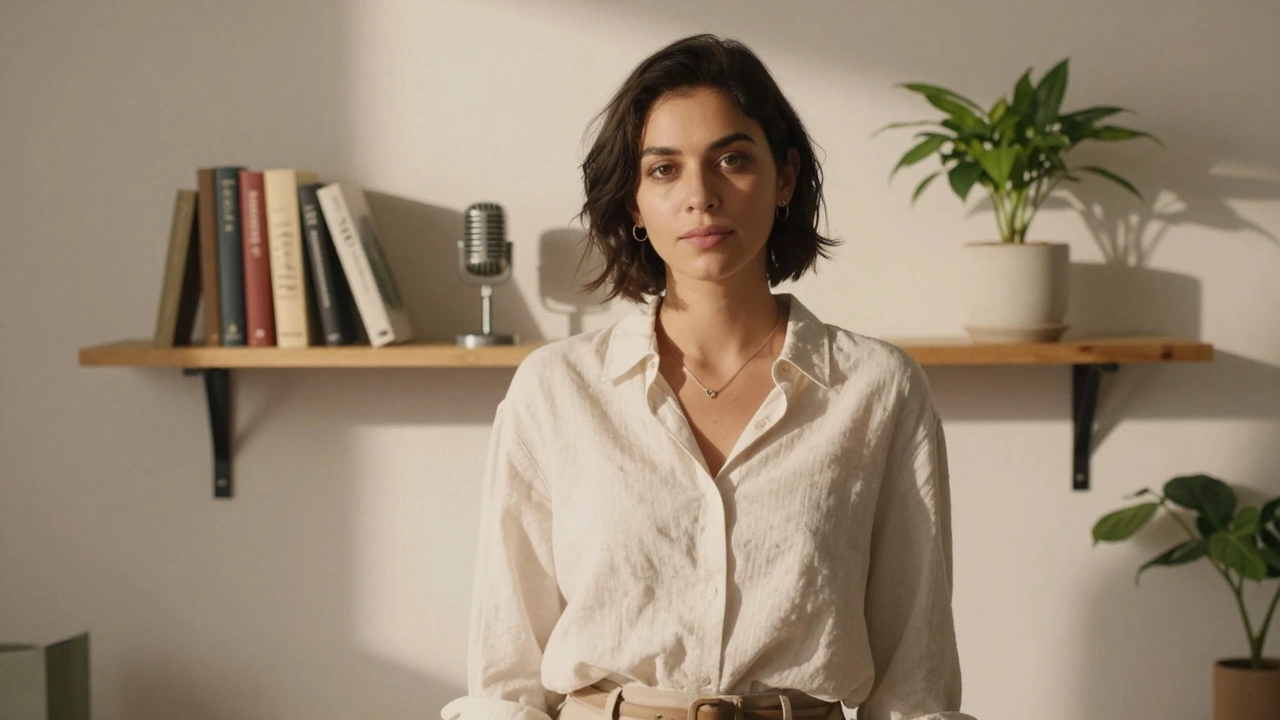Rocky Horror Picture Show – Everything You Need to Know
When talking about the Rocky Horror Picture Show, a 1975 musical horror comedy that became the poster child for cult cinema. Also known as The Rocky Horror, it blends camp, rock music, and transgressive humor, turning every screening into a participatory party.
One of the most unforgettable contributors is Tim Curry, the actor who originated the flamboyant Dr. Frank‑N‑Furter role. His performance set the bar for gender‑bending characters and still inspires fan costumes today. Curry’s magnetic presence illustrates how a single performer can shape a film’s cultural legacy.
The movie is often labeled a cult classic film, because it thrives on repeated viewings, word‑of‑mouth buzz, and dedicated fan rituals. Unlike mainstream releases, its success hinges on the audience’s willingness to shout lines, throw rice, and dance the Time Warp. This reciprocal relationship between screen and spectators shows why the film endures beyond its original box office run.
Why the Musical Element Matters
As a musical, the film weaves original songs into its narrative, using rock‑and‑roll energy to amplify its subversive themes. Tracks like “Sweet Dreams (Are Made of This)” and “The Time Warp” aren’t just background noise; they are the glue that binds the story’s outrageous plot twists and audience participation together. The musical format also invites singers in the crowd to belt out lyrics, turning viewers into performers.
Another pillar of the film’s fame is its status as a midnight movie, a late‑night screening tradition that emerged in the 1970s and turned the picture into a weekly ritual for college towns. Midnight showings created a safe space for rebels, LGBTQ+ youth, and anyone craving a break from conventional cinema. The timing reinforced the film’s outsider vibe and helped solidify a community bonded by shared eccentricity.
Audience participation isn’t a gimmick; it’s a core mechanic that the film literally requires. Fans bring props—toast, newspapers, water pistols—to recreate iconic scenes, and the theater becomes a living set. This interactive element shows how storytelling can extend beyond the screen, making each viewing a unique, repeatable experience.
While the Rocky Horror phenomenon started in a modest New‑York theater, its influence now spans global pop culture. Fashion designers reference Frank‑N‑Furter’s corset, DJs spin the soundtrack at clubs, and theater companies adapt the script for stage revivals. The film’s DNA lives on in modern multimedia franchises that celebrate gender fluidity and camp aesthetics.
Behind the glitter and chaos lies a simple technical achievement: the film’s low‑budget production proved that creativity can outshine money. Shot on a shoestring, it used inventive set design, DIY special effects, and bold color palettes to craft a world that feels both retro and futuristic. This resourcefulness inspires indie filmmakers to embrace bold concepts over big budgets.
For newcomers, the best way to experience the movie is to attend a live screening with a supportive crowd. Bring a blanket, your favorite snack, and be ready to shout, dance, and maybe even hug a stranger. The communal energy turns a single evening into a rite of passage, and you’ll leave with stories to tell.
Below you’ll find a curated selection of articles that dig deeper into the film’s history, analyze its characters, and explore the cultural ripple effects that still echo today. Whether you’re a seasoned fan or just curious, the pieces ahead offer fresh insights and practical tips for getting the most out of your next Rocky Horror night.

Tim Curry Says He Still Can’t Walk at Rocky Horror 50‑Year Celebration
Tim Curry, 79, revealed at the Rocky Horror 50th anniversary in Los Angeles that he still can't walk, shared his stroke story, and previewed his memoir Vagabond.


